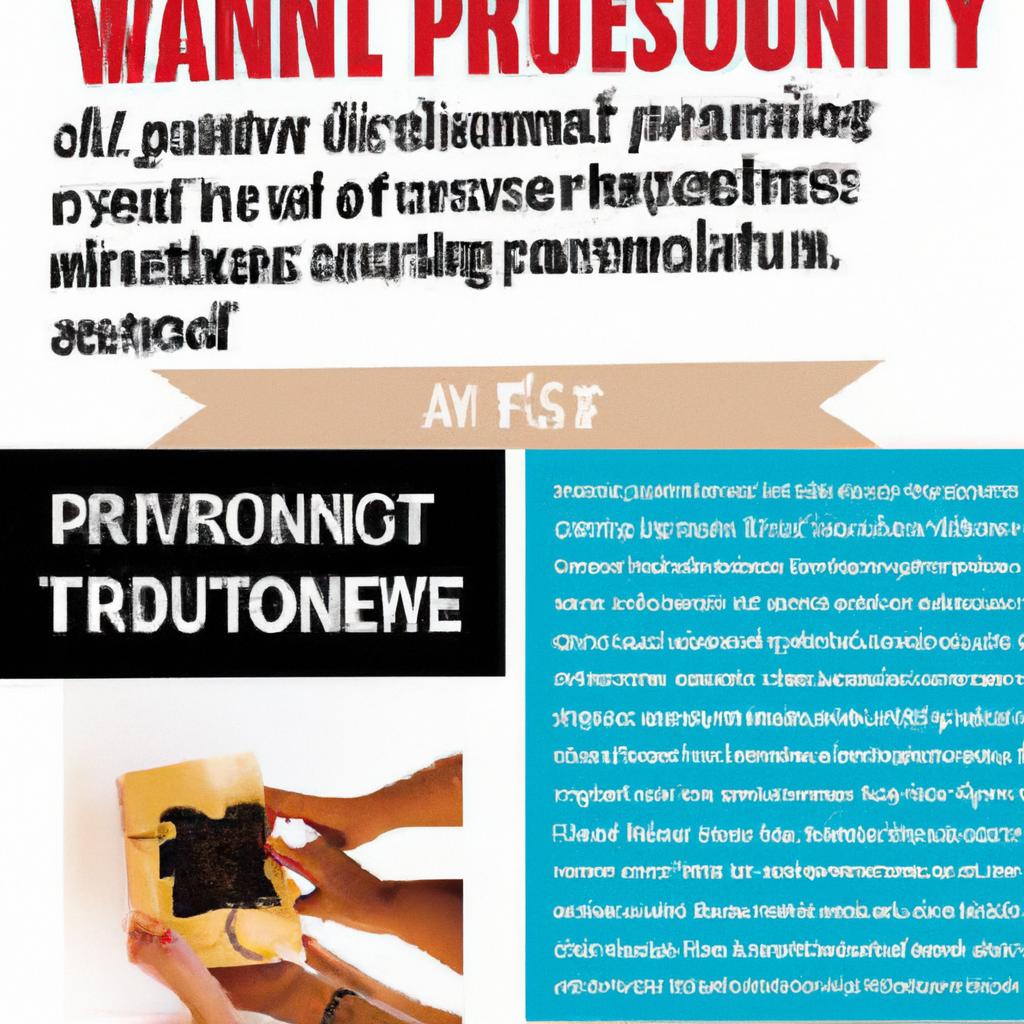Introduction:
Within the realm of trusts, the roles of trustees and beneficiaries are pivotal in maintaining the trust’s functionality. Trustees are tasked with overseeing trust assets and making decisions on behalf of beneficiaries, who are the individuals benefiting from the trust. This article delves into the roles and responsibilities of trustees and beneficiaries, delving into their respective powers and offering insights on how they can collaborate effectively.
Understanding the Roles of Trustees and Beneficiaries
-
Trustee:
- A trustee, whether an individual or entity, is appointed to manage trust assets for the benefit of beneficiaries.
- Trustees are bound by a fiduciary duty to act in the best interests of beneficiaries and adhere to the trust’s terms.
- Responsibilities of trustees include making investment decisions, distributing income and principal to beneficiaries, and maintaining accurate records of trust transactions.
- Common duties of trustees encompass prudent investment practices, financial guidance for beneficiaries, meticulous accounting, and regular communication with beneficiaries.
-
Beneficiary:
- Beneficiaries, whether individuals or entities are entitled to receive benefits from the trust.
- Beneficiaries have the right to receive distributions as outlined in the trust document.
- They may be entitled to income generated by trust assets or the principal itself.
- Beneficiaries also possess the right to request information about the trust and hold trustees accountable for their actions.
Examining the Powers of Trustees and Beneficiaries:
-
Powers of Trustees:
- Trustees have the authority to manage and invest trust assets on behalf of beneficiaries.
- They can make distributions to beneficiaries in accordance with the trust’s terms.
- Trustees can also make decisions regarding trust administration, including hiring professionals for assistance.
-
Powers of Beneficiaries:
- Beneficiaries have the power to request information about trust assets.
- They can challenge trustee actions if they believe their best interests are not being served.
- Beneficiaries can receive distributions as specified in the trust document.
The Value of Collaboration Between Trustees and Beneficiaries:
- Effective collaboration between trustees and beneficiaries is essential for trust operation.
- Trustees can benefit from beneficiaries’ insights, while beneficiaries can gain from trustees’ expertise in managing assets.
Practical Guidance for Trustees and Beneficiaries:
- Maintain open communication: Transparency between trustees and beneficiaries fosters trust and smooth trust operation.
- Seek professional counsel: Legal and financial professionals can provide guidance on compliance with laws and regulations.
- Respect roles: Trustees and beneficiaries should honor each other’s responsibilities and work towards shared objectives.
- Regularly review the trust document: Ensuring fulfillment of duties and rights as outlined in the trust document is crucial for both parties.
Illustrative Example: The Smith Family Trust
The Smith Family Trust, established by Mrs. Smith for her grandchildren, is managed by a trusted family advisor. The beneficiaries, Mrs. Smith’s grandchildren, are entitled to income from trust assets. Through effective collaboration, the trustee and beneficiaries have grown trust assets, securing the family’s financial future.
Conclusion:
In summary, trustees and beneficiaries hold vital roles in trust operation, each with distinct powers and responsibilities. While trustees manage trust assets and make decisions, beneficiaries have rights to trust benefits and oversight. By working together harmoniously and acknowledging each other’s roles, trustees and beneficiaries can ensure trust success and mutual goal achievement.
Trusts are a common estate planning tool that allows individuals to transfer their assets to a trustee for the benefit of one or more beneficiaries. While trusts can provide many benefits, they also come with complex power dynamics between the trustee and beneficiary.
In this article, we will delve into the differences between a trustee and a beneficiary and explore the power dynamics that exist within the relationship.
Trustee vs. Beneficiary: Understanding the Roles
Before we dive into the power dynamics, let’s first understand the roles of a trustee and a beneficiary:
Trustee:
– A trustee is appointed to manage the trust and its assets on behalf of the beneficiaries.
– The trustee has a fiduciary duty to act in the best interests of the beneficiaries.
– Trustees are responsible for making decisions regarding the trust, such as investment decisions, distribution of assets, and communication with beneficiaries.
Beneficiary:
– A beneficiary is the individual or entity that benefits from the assets held in the trust.
– Beneficiaries have a right to receive distributions from the trust as outlined in the trust document.
– Beneficiaries may have limited control over the trust, depending on the terms set forth in the trust document.
Power Dynamics in Trusts: Trustee vs. Beneficiary
The relationship between a trustee and beneficiary can be complex, as there is often a disparity in power and control. Here are some key points to consider:
1. Control over assets: The trustee typically has control over the assets held in the trust, including making investment decisions and distributing assets to beneficiaries. This gives the trustee significant power over the trust assets, while beneficiaries may have limited control over how the assets are managed.
2. Decision-making authority: Trustees are responsible for making important decisions regarding the trust, such as investment strategies, distribution schedules, and administrative tasks. Beneficiaries may have little to no input in these decisions, depending on the terms of the trust.
3. Communication and transparency: Trustees have a duty to keep beneficiaries informed about the trust and its activities. However, the level of communication and transparency can vary, leading to potential conflicts between trustees and beneficiaries.
4. Conflict of interest: Trustees must act in the best interests of the beneficiaries and avoid any conflicts of interest. If a trustee’s decisions are not aligned with the beneficiaries’ best interests, it can create tension and distrust in the relationship.
Benefits and Practical Tips for Trustees and Beneficiaries
While the power dynamics in trusts can be challenging, there are ways to navigate the relationship effectively. Here are some benefits and practical tips for trustees and beneficiaries:
Benefits for Trustees:
– Professional satisfaction in managing complex assets and making sound investment decisions.
– Opportunities to develop financial expertise and build trust with beneficiaries.
– Fulfillment in upholding fiduciary duties and acting in the best interests of beneficiaries.
Benefits for Beneficiaries:
– Protection of assets from creditors and potential legal disputes.
– Potential tax advantages and estate planning benefits.
– A sense of security in knowing that assets are managed by a trusted individual.
Practical Tips for Trustees:
– Develop a clear investment strategy and regularly review performance.
– Communicate openly and transparently with beneficiaries about trust activities.
– Seek professional advice when making complex financial decisions.
Practical Tips for Beneficiaries:
– Understand your rights as a beneficiary and review the trust document carefully.
– Communicate your needs and preferences to the trustee to ensure your interests are accounted for.
– Seek legal counsel if you have concerns about the trust management or distribution.
Case Study: Real-life Trustee vs. Beneficiary Dynamics
To illustrate the power dynamics in trusts, let’s consider a hypothetical case study:
John established a trust for his son, Eric, with his longtime friend, Sarah, as the trustee. Over time, Sarah became more involved in the trust’s management and made investment decisions without consulting Eric. This led to tension between Sarah and Eric, as Eric felt excluded from important decisions regarding his inheritance. Through open communication and mediation, Sarah and Eric were able to address their concerns and work together to ensure the trust’s assets were managed in Eric’s best interests.
First-hand Experience: Navigating Trustee vs. Beneficiary Relationships
As a trustee or beneficiary, it’s essential to approach the trust relationship with transparency, communication, and trust. By understanding each other’s roles, responsibilities, and expectations, trustees and beneficiaries can work together to achieve the intended goals of the trust.
In conclusion, the power dynamics between a trustee and beneficiary in trusts can be complex and challenging. By fostering open communication, transparency, and trust, trustees and beneficiaries can navigate the relationship effectively and work together to achieve the intended goals of the trust.
Remember, each trust relationship is unique, and it’s essential to seek professional advice from estate planning experts to ensure the trust’s success and the beneficiaries’ best interests are protected.




